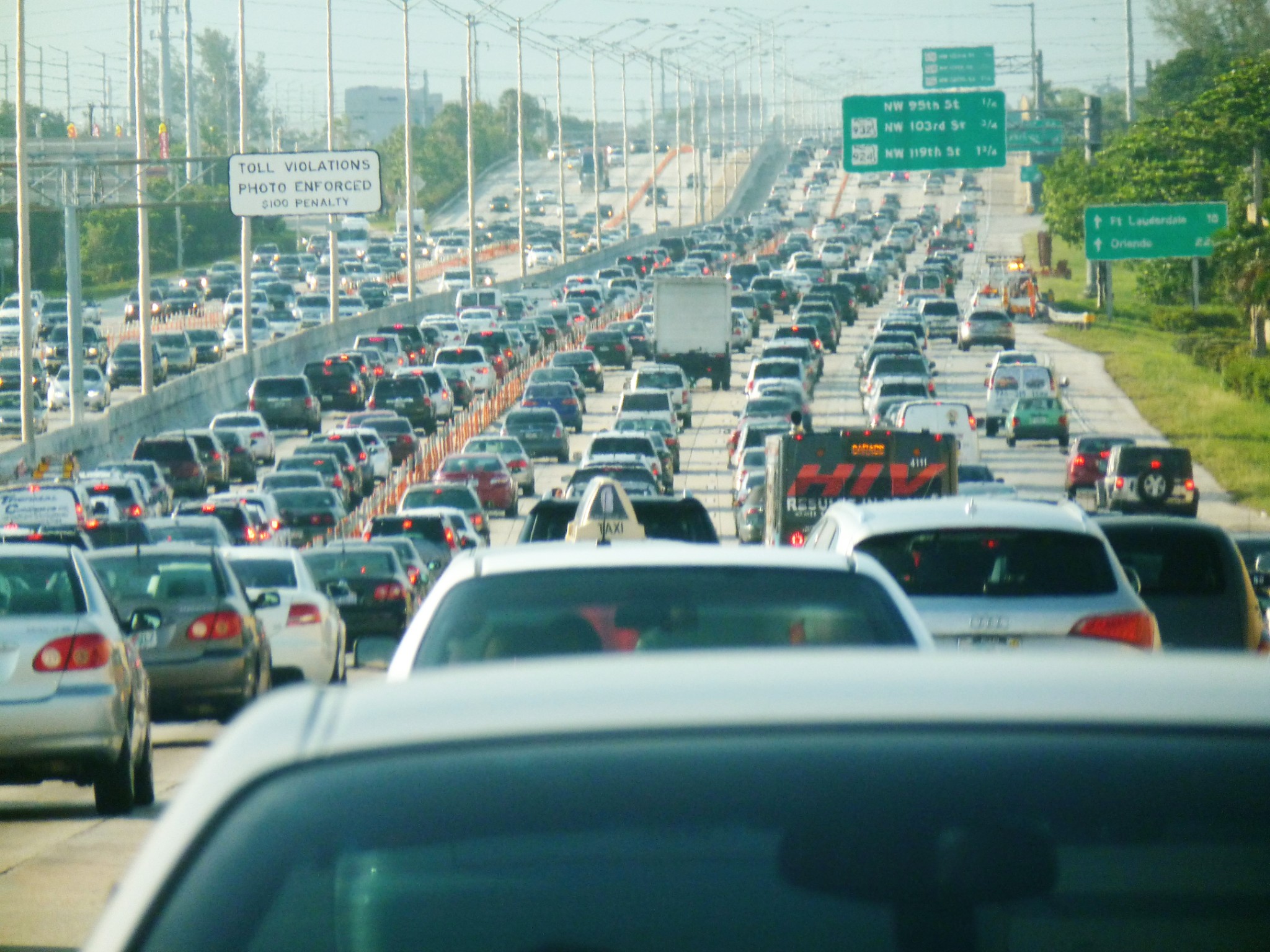 Public Domain | https://creativecommons.org/publicdomain/zero/1.0/deed.en
Public Domain | https://creativecommons.org/publicdomain/zero/1.0/deed.en
Internal Climate Migration: It’s Happening Here Too
Historically, Americans have talked about climate change as if it’s happening elsewhere. It’s not. It’s also happening here at home, and there are many examples this year alone. Hurricanes have displaced thousands of people from the Gulf States. The fires out west have displaced thousands, and 500,000 in Oregon alone. As a nation, we must ask ourselves: Will annual climate disasters force people to move? Where will they go? What are the impacts of large-scale internal displacement, and what can we do to prepare?
Will climate disasters force people to move, and where will they go?
Annual climate disasters — hurricanes, wildfires, extreme flooding — are likely to force people to move to less vulnerable areas. Sea level rise, extreme heat, wildfires, droughts, and economic loss may all be drivers. Projections estimate roughly 1 in 12 Americans currently living in the south will move north and inland as temperate zones shift and sea levels rise. Furthermore, a combination of extreme heat and humidity in the United States southern regions will make living in these areas untenable. Wildfires caused by sustained regional droughts in the west will push people to the east and north. Increasingly powerful storms in the Gulf region will also drive people north. Additionally, extreme drought may force people to move for economic opportunities.
It is important to note, however, that not everyone will be able to move. Those with financial means will leave first, leaving others behind in now economically depleted, high climate risk areas. Ultimately, this will exacerbate existing inequalities, both in the abandoned communities and in the areas that will absorb climate migrants.
What are the impacts of large-scale internal displacement?
ASP has written extensively about the social and economic impacts of large-scale internal displacement and migration in other countries. For instance, a recent report on the effects of climate migration in Central America’s Northern Triangle region highlights the stress rapid urbanization puts on government and social resources, infrastructure, housing, job competition, and sometimes ethnic tensions. Such stress may exacerbate existing inequality, violence, and poverty.
Many of the same problems that come with rapid urbanization—strain on government and social services, infrastructure, and resources—in developing countries can arise in the U.S. Energy, and water sources are particularly susceptible to strain. The process of generating energy includes a careful calculation of potential demand. When demand exceeds what a grid is capable of producing, outages are expected. For example, California experienced record heat waves during the coronavirus pandemic. The increased demand for electricity for powering Zoom calls and residential air conditioning has led to rolling outages across the state. A Pew report released in 2015 cites that the level of outages the U.S. experiences will increase and is largely due to an aging infrastructure that needs new investment.
In terms of water, climate change is causing droughts across the U.S. A large influx of people to an area already under strain will only exacerbate water resource issues. For example, the Colorado River supplies water to many western states; climate-induced droughts and decreased precipitation and snowpack in the mountains have lowered the water level significantly over the last few decades. Yet, more people are moving into areas fed by the Colorado River, adding a burden to the depleted water source. This burden results in shortages for downstream recipients, such as Arizona, and may even impact the ability to generate renewable energy. If the water level drops too low, the Glen Canyon Dam won’t generate hydroelectric power, further exacerbating the strain on energy sources.
What can we do to prepare?
First and foremost, we must address the root cause of climate change: carbon emissions. The U.S. must resume its position as a climate leader, and doing so requires that the U.S. drastically reduce its carbon emissions. Furthermore, the U.S. must rejoin the Paris Agreement and work with international partners to facilitate global emissions reductions. Without tackling the emissions of the world’s largest emitters, climate change will only get worse.
However, even if we reduce global carbon emissions to zero tomorrow, the effects of climate change will be felt for some time. As a result, we must plan for future impacts of climate change. Better emergency response planning for natural disasters will help mitigate damage, save lives, and prevent mass evacuations. State and local planning are equally important. Investments must be made now in climate resilient infrastructure, fortifying the energy grid for increased demand, creating affordable housing, and bolstering government and social services. Creating uniform licensing certifications across state borders will make it easier for professionals like nurses to move and establish themselves elsewhere without the current barriers.
Overall, greater consideration and attention need to be given to the climate challenge because it impacts the United States as much as it is the rest of the world. The U.S. is not immune to climate change’s impacts, least of all internal climate migration. The sooner we plan for these impacts and attempt to mitigate them, the less damage there will be to clean up later.





